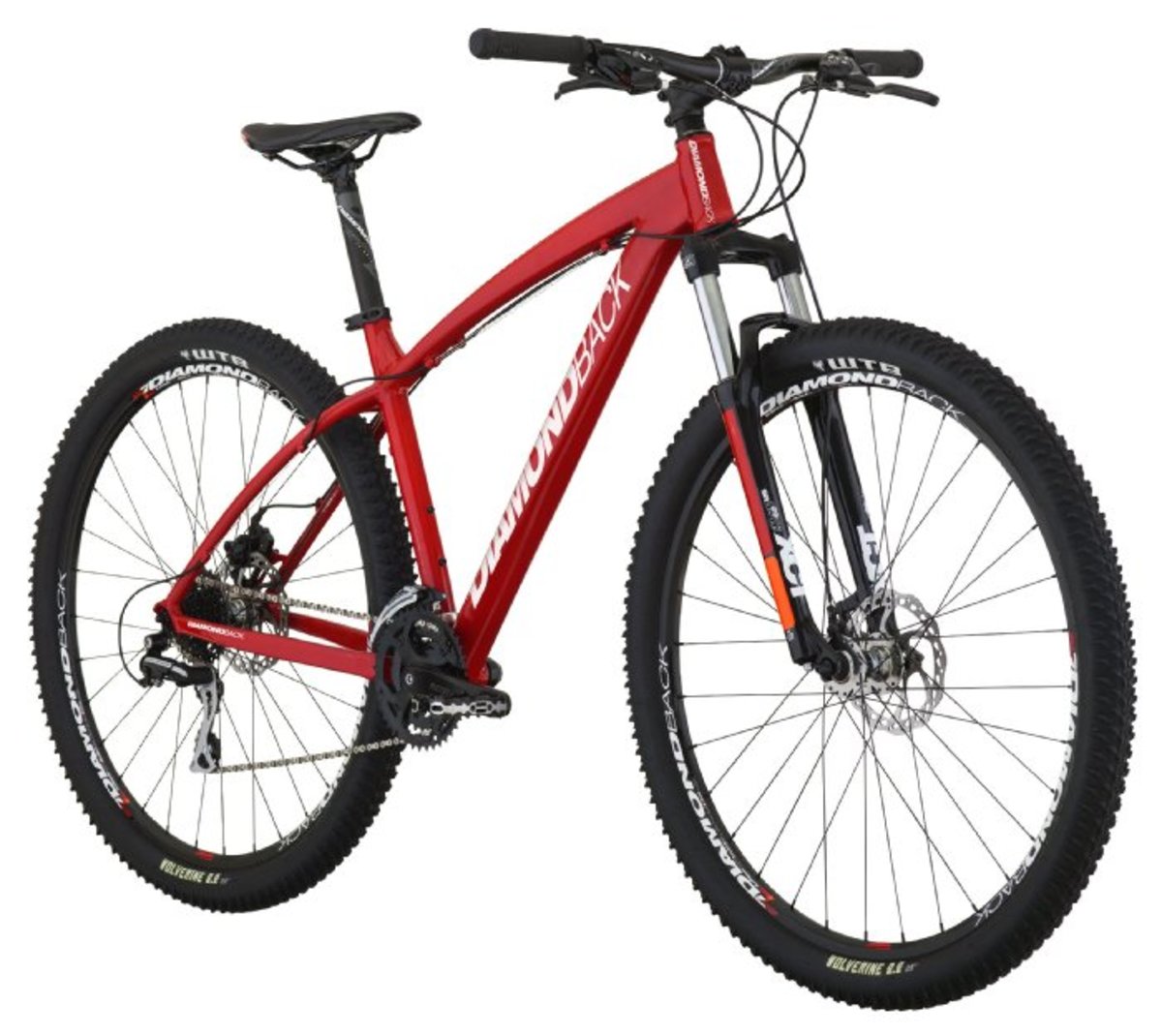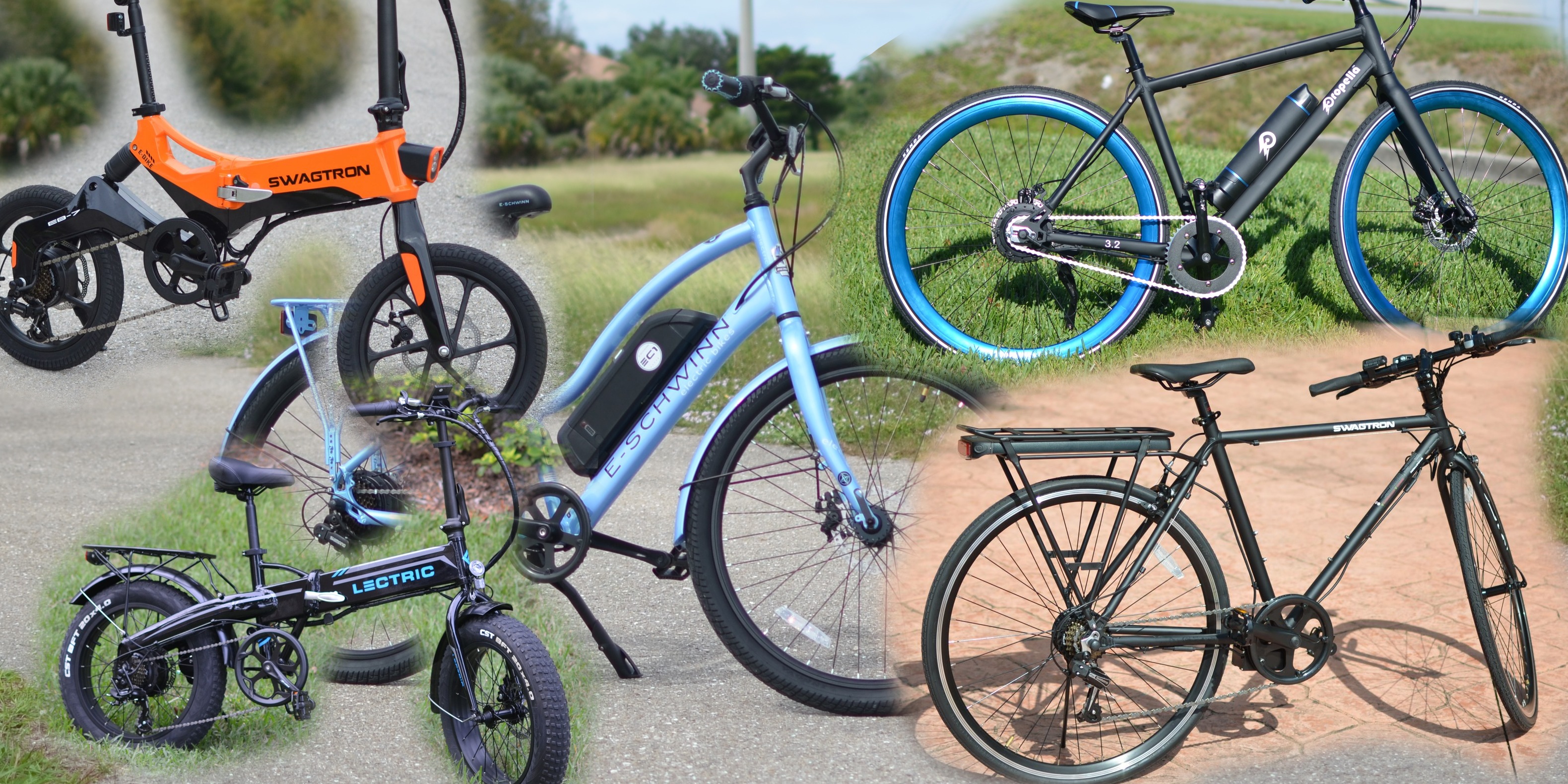Introduction: The Joy of Biking on a Budget
Biking offers numerous benefits, from promoting physical fitness to reducing one’s carbon footprint. It is also a cost-effective alternative to other modes of transportation, especially when you know where to find a cheap bicycle that doesn’t skimp on quality. This comprehensive guide will help you navigate the world of affordable bicycles, ensuring you make an informed decision while staying within your budget.
Identifying Your Needs: Types of Bicycles and Budget Considerations
When searching for where to get a cheap bicycle, it’s essential to consider the type of bicycle that suits your needs and budget. Here are some common bicycle types and their typical price ranges:
- Mountain bikes: Ideal for off-road trails, these bicycles usually range from $300 to $2,000.
- Road bikes: Designed for paved surfaces, road bikes typically cost between $350 and $10,000.
- Hybrid bikes: Combining elements of mountain and road bikes, hybrids usually fall in the price range of $300 to $1,500.
- Cruiser bikes: Perfect for leisurely rides, cruisers generally range from $150 to $500.
- BMX bikes: Built for tricks and stunts, BMX bikes typically cost between $100 and $500.
- Electric bikes: Featuring a battery-powered motor, e-bikes can vary significantly in price, from $500 to $10,000.
To find the perfect cheap bicycle, consider factors like usage, terrain, and personal preferences. Setting a realistic budget is also crucial, as it ensures you don’t overspend on features you don’t need. Remember, the most affordable bicycle is the one that meets your requirements and fits within your financial means.
Online Marketplaces: Scoring a Great Deal on a Pre-owned Bicycle
Online marketplaces offer a vast selection of pre-owned bicycles, making them an excellent place to search for where to buy a cheap bicycle. Popular platforms include Craigslist, eBay, and Facebook Marketplace. To ensure you’re getting a good deal and a quality bike, follow these tips:
- Research the market: Familiarize yourself with the typical price range of the bicycle model you’re interested in. This knowledge will help you identify a fair price and avoid overpaying.
- Inspect the bike: When buying in person, thoroughly inspect the bicycle for any signs of damage or wear. Check the frame, wheels, brakes, gears, and other essential components.
- Test ride the bike: If possible, test ride the bicycle to ensure it’s in good working order and comfortable to ride. This step is crucial for assessing the bike’s overall condition.
- Negotiate the price: Don’t be afraid to negotiate the price, especially if you’ve identified any issues or repairs needed. Sellers on online marketplaces are often open to negotiation.
- Arrange a safe transaction: Meet in a public, well-lit area for the exchange, and bring a friend or family member along for added safety. If shipping the bicycle, ensure you use a reputable shipping service and insure the package.
By following these guidelines, you can confidently navigate online marketplaces and find a high-quality, affordable bicycle that meets your needs.
Retail Stores: New Bicycles at Affordable Prices
When searching for where to get a cheap bicycle, retail stores can be an excellent option. Reputable stores like Decathlon, Walmart, and Target offer a wide range of affordable bicycles for various needs and preferences. Here are some advantages of buying new from retail stores:
- Warranties: New bicycles often come with manufacturer warranties, providing peace of mind and protection against defects or issues.
- Return policies: Retail stores typically have return policies that allow you to exchange or refund the bicycle if it doesn’t meet your expectations.
- Customer support: Retail stores often provide customer support, including advice on selecting the right bicycle and assistance with any issues that may arise.
- Quality assurance: When buying new, you can be confident that the bicycle meets current safety standards and has undergone quality assurance checks.
Some popular retail stores offering affordable bicycles include:
- Decathlon: This sports retailer offers a wide range of bicycles at competitive prices, with options for various types and skill levels.
- Walmart: Walmart’s bicycle selection includes models for children and adults, with prices to fit most budgets.
- Target: Target offers a variety of affordable bicycles, including options for casual riding, exercise, and commuting.
By considering retail stores for your new bicycle purchase, you can find a quality, affordable option that meets your needs and preferences.
Budget-Friendly Online Retailers: Quality Bicycles at Affordable Prices
Several online retailers specialize in affordable bicycles, offering high-quality options at budget-friendly prices. These retailers, such as BikesDirect, Performance Bicycle, and Nashbar, cater to various needs and preferences. Here’s a comparison of their offerings, pricing, and customer reviews:
- BikesDirect: Known for its direct-to-consumer business model, BikesDirect offers a wide range of bicycles at competitive prices. Their selection includes road, mountain, hybrid, and commuter bikes, with prices typically lower than those of traditional retailers.
- Performance Bicycle: Performance Bicycle provides a variety of affordable bicycles, focusing on quality and value. They offer a 30-day satisfaction guarantee and free shipping on orders over a certain amount. Customers appreciate their knowledgeable staff and extensive product information.
- Nashbar: Nashbar is a popular online retailer offering discounted bicycles, gear, and accessories. Their selection includes entry-level to high-performance models, and they frequently run sales and promotions. Customers praise their fast shipping and excellent customer service.
When searching for where to buy a cheap bicycle online, consider these budget-friendly retailers. Remember to read customer reviews, compare prices, and consider shipping costs before making a final decision.
Rent-to-Own Programs: Cycling Your Way to Affordability
Rent-to-own programs offer an alternative solution for those who want to use a bicycle while making payments towards ownership. These programs can be an excellent option for those who cannot afford to buy a bicycle upfront or want to test a bike before committing to a purchase. However, it’s essential to weigh the pros and cons before deciding.
- Pros:
- Lower initial cost: Rent-to-own programs typically require a small down payment, making them more accessible for budget-conscious consumers.
- Flexibility: Rent-to-own agreements often allow you to return the bicycle or continue renting if your circumstances change.
- Upgrade options: Some programs offer the possibility to upgrade to a newer or higher-quality bicycle during the rental period.
- Cons:
- Higher long-term cost: Rent-to-own programs may result in a higher overall cost compared to buying a bicycle outright, especially if you include interest and fees.
- Limited selection: Rent-to-own options may be limited, restricting your choice to specific models or brands.
- Maintenance responsibility: As a renter, you are generally responsible for maintaining the bicycle, which can add to your overall cost.
Companies offering rent-to-own bicycle programs include local bike shops and national chains like RentBicycles.com and Trek Bikes Rentals. Always read the terms and conditions carefully and compare the total cost with the retail price before committing to a rent-to-own agreement.
Community Bike Shops and Swap Meets: Local Resources for Affordable Bicycles
Exploring community bike shops, non-profit organizations, and swap meets can be a rewarding way to find an affordable bicycle while supporting local businesses and promoting sustainability. These resources often offer refurbished bicycles, maintenance services, and educational workshops.
- Community Bike Shops: These non-profit organizations provide affordable bicycles, repair services, and educational resources for the community. They often have a selection of refurbished bicycles at lower prices than traditional retailers. Examples include The Bicycle Kitchen and Bike Collectives.
- Swap Meets: Bicycle swap meets are events where individuals gather to buy, sell, or trade bicycles and related items. These events can be an excellent source for finding affordable bicycles and meeting fellow cycling enthusiasts. Check local cycling clubs, community centers, or online forums for upcoming swap meet announcements.
When visiting community bike shops or swap meets, consider the following tips:
- Inspect the bicycle thoroughly before purchasing, checking the frame, wheels, brakes, gears, and other essential components.
- Test ride the bicycle, if possible, to ensure it’s comfortable and in good working order.
- Ask about warranties, return policies, or any guarantees offered by the seller or organization.
- Support local businesses and organizations that prioritize sustainability and community engagement.
By exploring community bike shops and swap meets, you can find an affordable bicycle while contributing to a healthier, more connected community.
DIY Bicycle Maintenance: Saving Money and Learning New Skills
Learning basic bicycle maintenance tasks can help extend the life of your affordable bicycle, saving you money and providing a sense of accomplishment. By investing a little time and effort, you can develop valuable skills and ensure your bicycle remains in good working order.
- Cleaning and lubrication: Regularly cleaning and lubricating your bicycle’s chain, derailleurs, and other moving parts can prevent wear and tear, ensuring smooth operation and increasing the lifespan of your bicycle.
- Tire care: Check tire pressure regularly and learn how to fix a flat. Proper tire care can improve your bicycle’s performance and safety, as well as save you money on replacement tires.
- Adjusting brakes and gears: Properly adjusted brakes and gears ensure safe and efficient riding. While this task may seem daunting initially, many online tutorials and resources can guide you through the process.
- Inspections: Regularly inspect your bicycle for any signs of wear, damage, or loose components. Early detection of potential issues can prevent more significant problems down the line.
To learn these skills and more, consider the following resources:
- Online tutorials: Websites like Park Tool and Global Cycling Network offer comprehensive, easy-to-follow maintenance guides and videos.
- Community workshops: Check local community centers, bike shops, or non-profit organizations for maintenance workshops and classes. These events provide hands-on experience and the opportunity to learn from experienced mechanics.
- Bicycle maintenance books: Books like Zinn & the Art of Road Bike Maintenance and The Big Blue Book of Bicycle Repair offer in-depth information on various maintenance topics.
By investing in DIY bicycle maintenance, you can save money, learn new skills, and enjoy a safer, more efficient riding experience.








